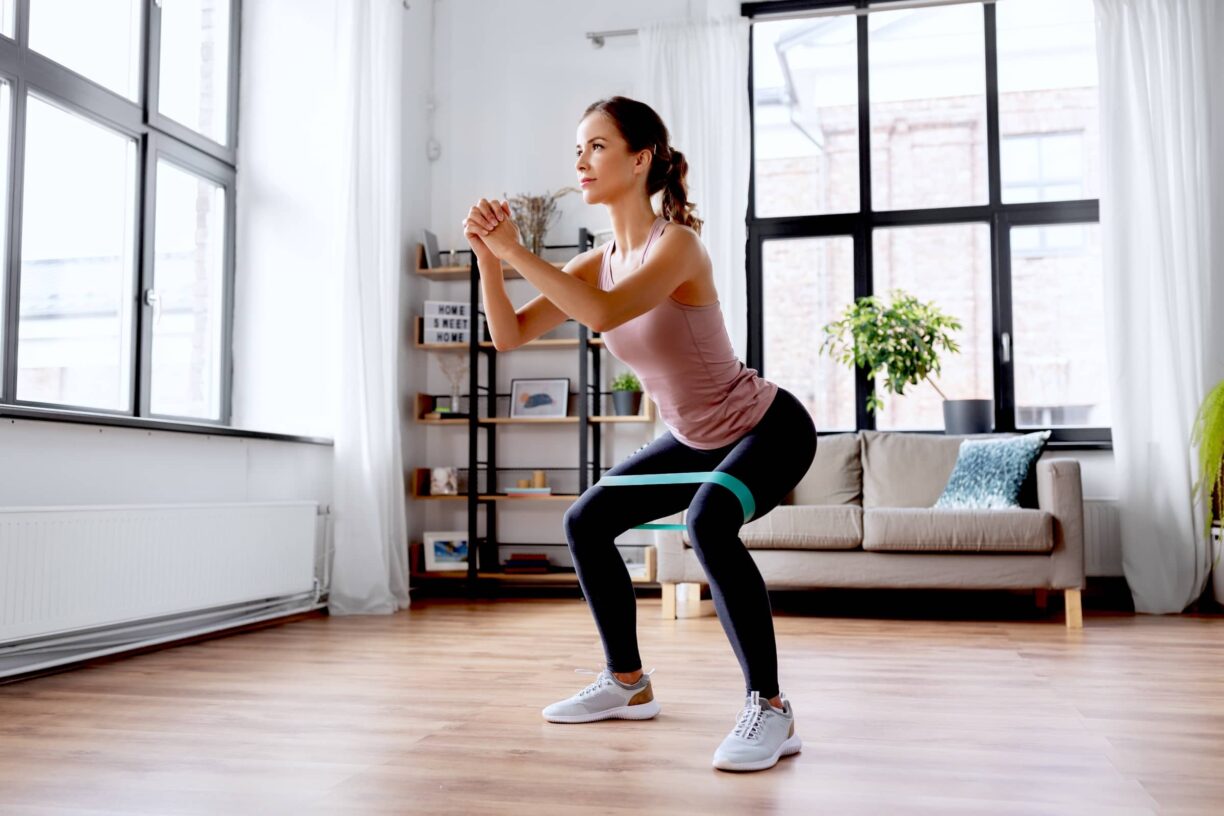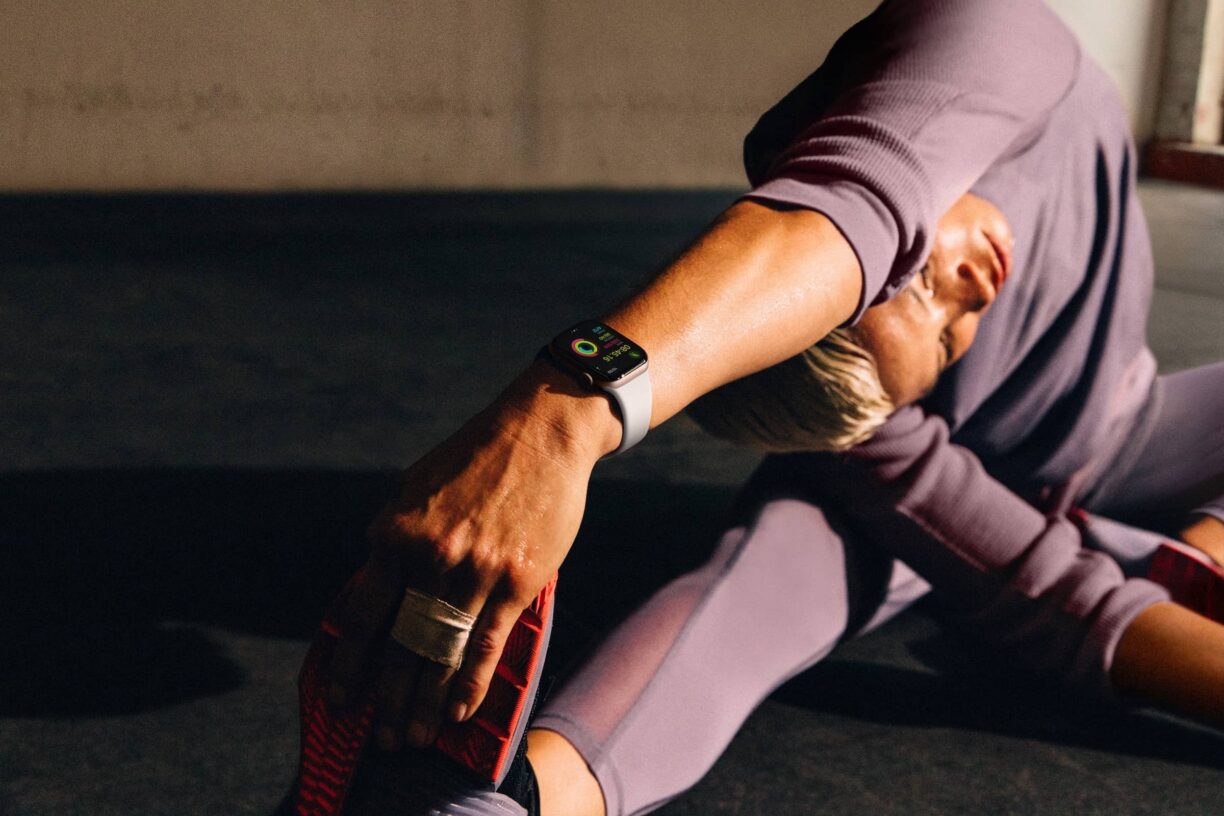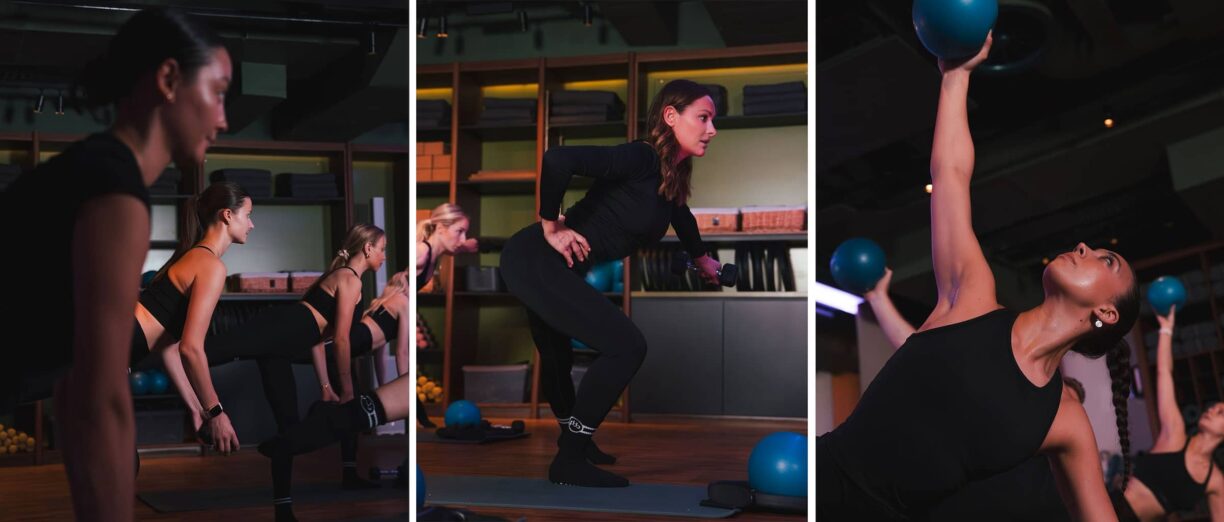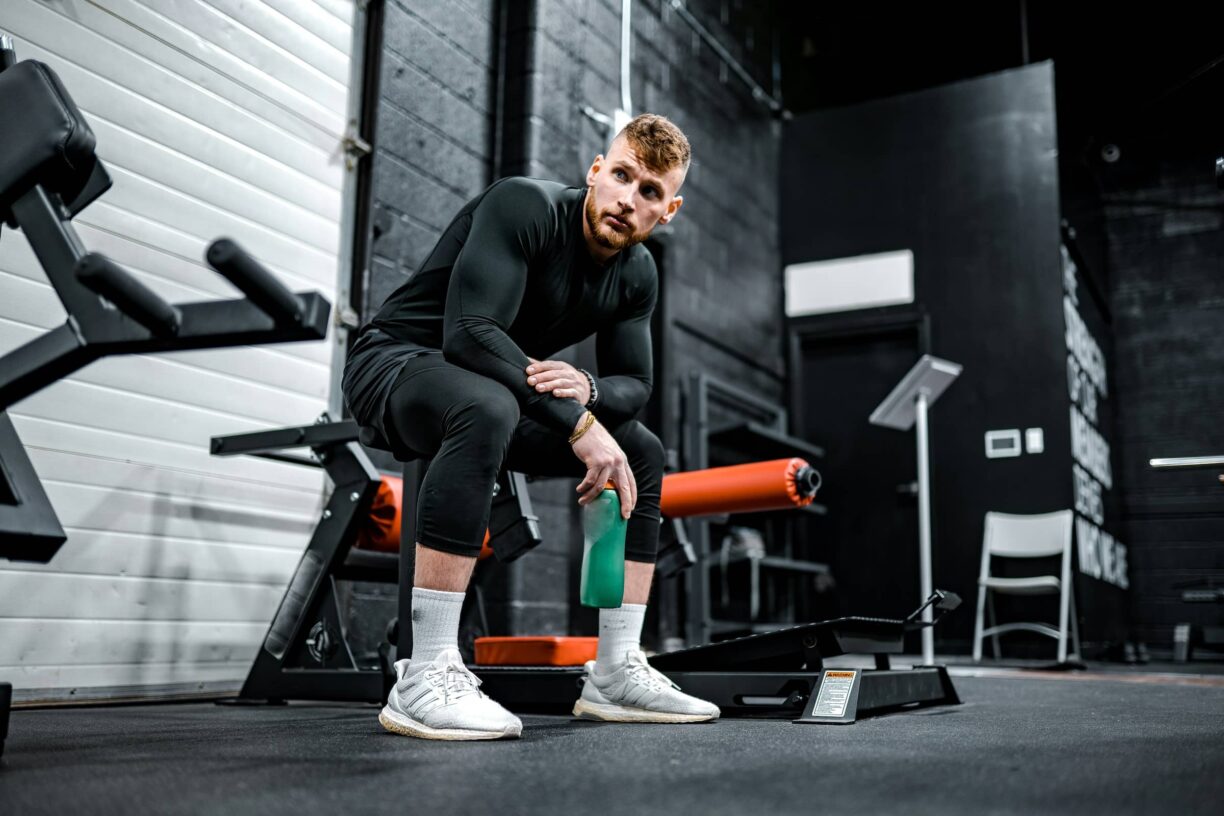If you’re on the lookout for swimming benefits that can make you feel like a modern-day mermaid, you’re certainly not alone.
With the highly anticipated live-action adaptation of The Little Mermaid due to release this week—featuring Halle Bailey as the iconic Ariel—fans everywhere are primed to dive headfirst into the underwater magic.
But the excitement won’t be limited to just movie theatres this summer. According to Isaac Robertson, Co-Founder and Chief Editor of online fitness resource Total Shape, the new Disney film might just inspire a fresh wave of youngsters to make a splash in the pool.
“Halle Bailey has already struck a chord with children and adults alike, who feel she is the perfect choice to play the underwater princess,” says Robertson.
“And since many children aspire to be just like their favourite Disney princess, hopefully, this movie will encourage a new generation of people to take up swimming, which is a great all-around activity for your physical and cardiovascular health.”
Robertson points out that it wasn’t only children feeling the magic—Bailey herself got into peak condition for the role.
“In fact, Halle Bailey reported being in the best shape of her life during the filming of the movie, in which she undertook ‘mermaid training’ both in the water and up on harnesses, in order to achieve the fitness and core strength required to play Ariel.”
Of course, beyond the cinematic allure, the swimming benefits that Robertson highlights are plenty. Below, he outlines why swimming can be such an effective, enjoyable way to stay fit.
What Are the Health Benefits of Swimming?
1. Low Impact
Swimming ramps up your heart rate gradually and places less strain on your joints, making it the perfect workout for anyone nursing injuries or dealing with chronic pain. It’s especially popular among older adults who might otherwise find higher-impact exercises challenging.
2. Builds Muscle and Strength
When you’re in the water, major muscle groups in your stomach, arms, legs, and torso all pitch in. Because water creates natural resistance, it helps tone your muscles and can lead to more defined lower, core, and upper body strength—often more so than land-based cardio like jogging.
3. Cardiovascular Benefits
Studies suggest that swimming for 30 minutes, three times a week can lower blood pressure, reduce bad cholesterol, and boost good cholesterol. These cardiovascular perks mean you’re not only getting stronger—you’re also nurturing a healthier heart.
4. Helps Reduce Body Fat
For adults hoping to shed a few pounds, regular swimming burns calories efficiently. Water’s resistance challenges your muscles, which in turn increases metabolism.
In fact, a study by the National Center for Biotechnology found that middle-aged women who swam an hour three times a week lost a significant amount of body fat in just 12 weeks, alongside gains in endurance and agility.
Which Swimming Strokes Burn the Most Calories?
Robertson notes that each swim stroke can help you achieve different fitness goals—and some strokes torch more calories than others. Here’s the splashdown, sorted by highest calorie burn after a 30-minute session:
- Butterfly – Approximately 450 Calories
For more advanced swimmers, butterfly is the top calorie-burner. It builds upper body strength, improves posture and flexibility, and hones your chest, arms, and core. - Front Crawl – Approximately 405 Calories
Excellent for toning the back, shoulders, and glutes. Front crawl involves continuous kicking and alternating arm strokes, all while your face is submerged in the water. - Breaststroke – Approximately 370 Calories
Not only does breaststroke melt away a decent number of calories, but it’s also one of the best strokes for heart and lung health. It’s popular among beginners who prefer to keep their head above water. - Backstroke – Approximately 250 Calories
The least calorie-intensive of the four, backstroke still packs a posture-boosting punch and tones the stomach, shoulders, and glutes. It’s performed on your back, looking up toward the ceiling.
When and What Should I Eat Before Swimming?
To maximise your performance and avoid cramps or nausea, it’s crucial to fuel up about an hour before you jump in. Light, easily digestible carbohydrates are ideal—here are a few winning options:
- Fresh fruit
- Yoghurt
- Porridge
- A slice of toast
- Smoothie
- Sports drink
- Cereal bar
- Banana
If you find yourself getting extra hungry after a swim session, you’re not imagining it—cold water can trigger hunger pangs. If your goal is weight loss, stay mindful of your post-swim calorie intake to make sure you don’t undo all the good work you’ve done in the pool.
Making a Splash This Summer
With the release of The Little Mermaid, we’re about to see Ariel enchant a whole new audience on the big screen. But the real magic could be unfolding at local swimming pools, as more people discover the swimming benefits that keep hearts healthy, muscles strong, and spirits buoyant.
So whether you’re dreaming of flipping your fins or simply looking to get your feet wet with a new workout routine, swimming offers the kind of low-impact, full-body boost that even Disney’s favourite mermaid would approve of.
And as Isaac Robertson puts it, “hopefully, this movie will encourage a new generation of people to take up swimming”—a wave of inspiration that promises to be as refreshing as it is empowering.





